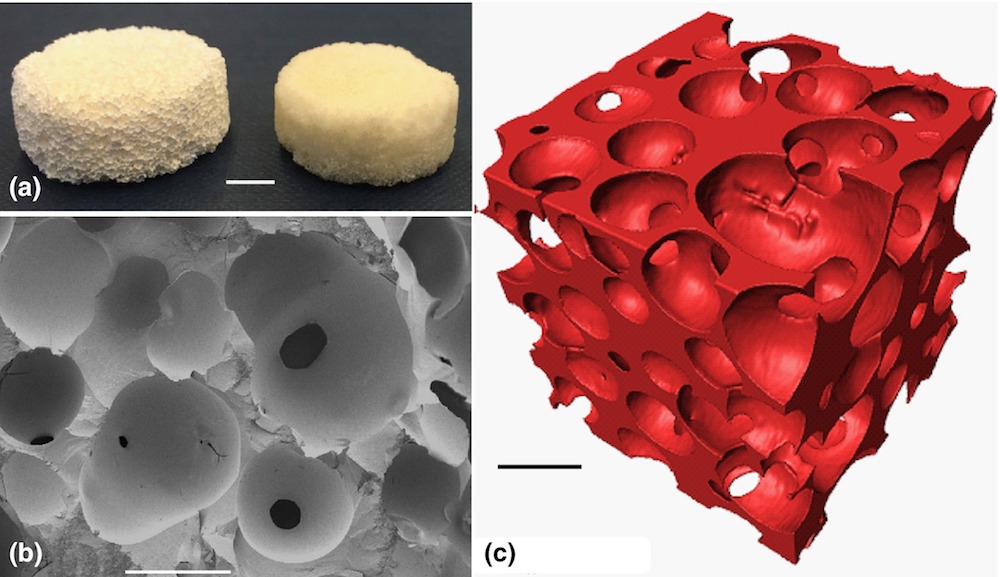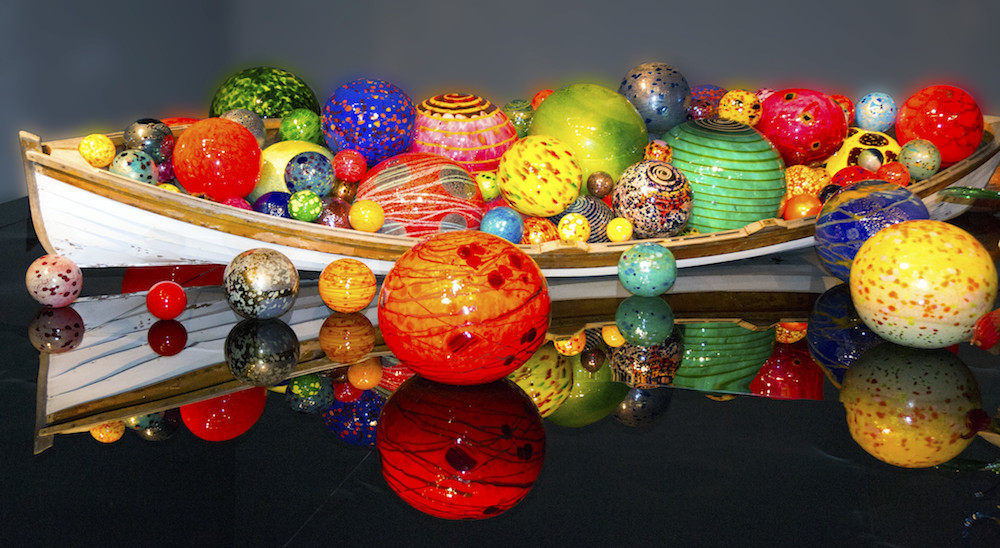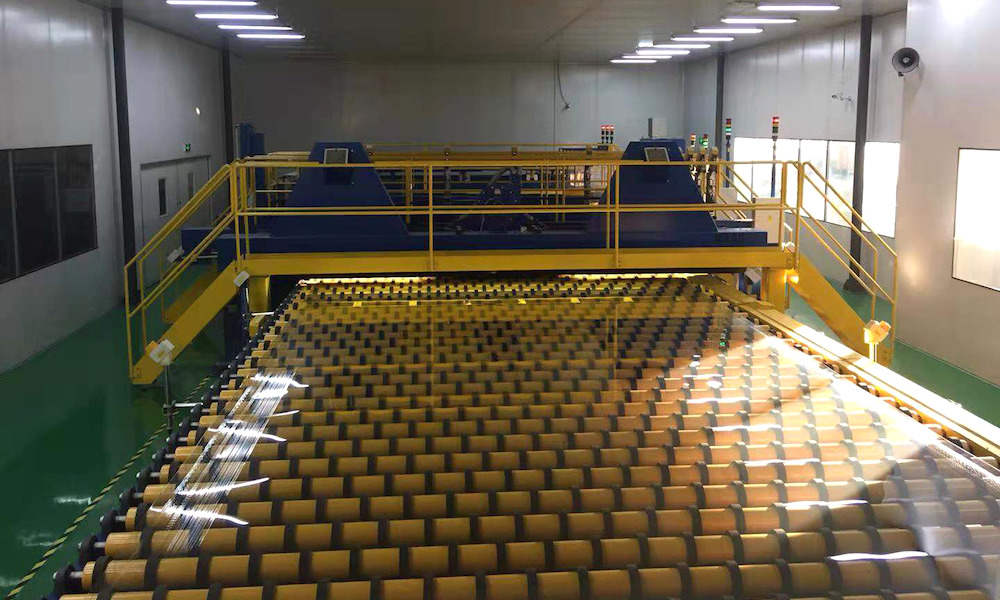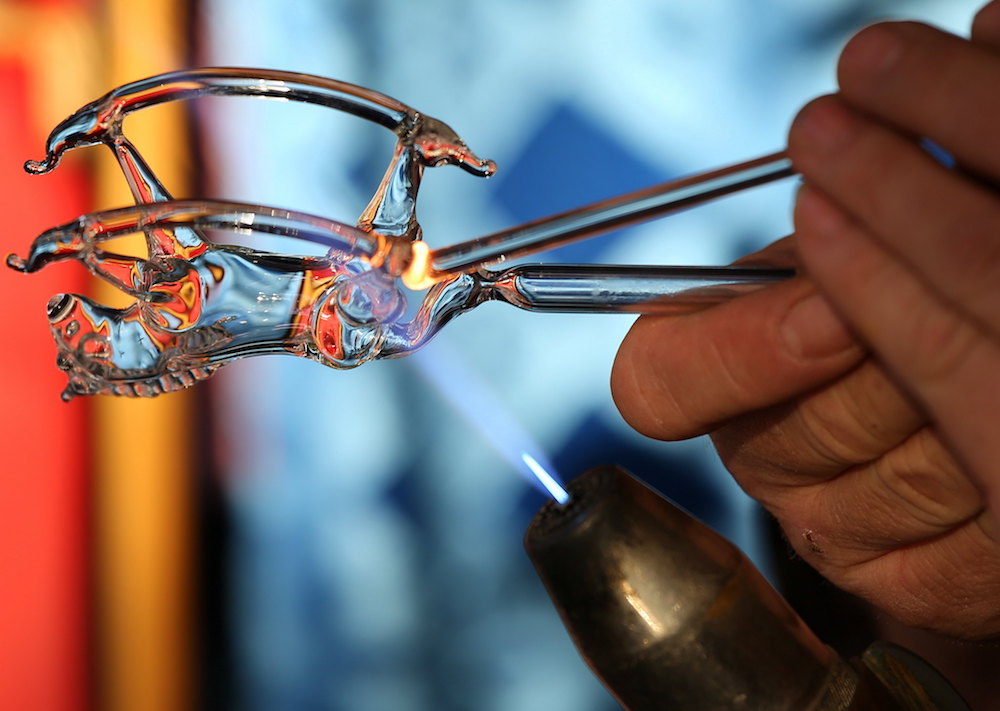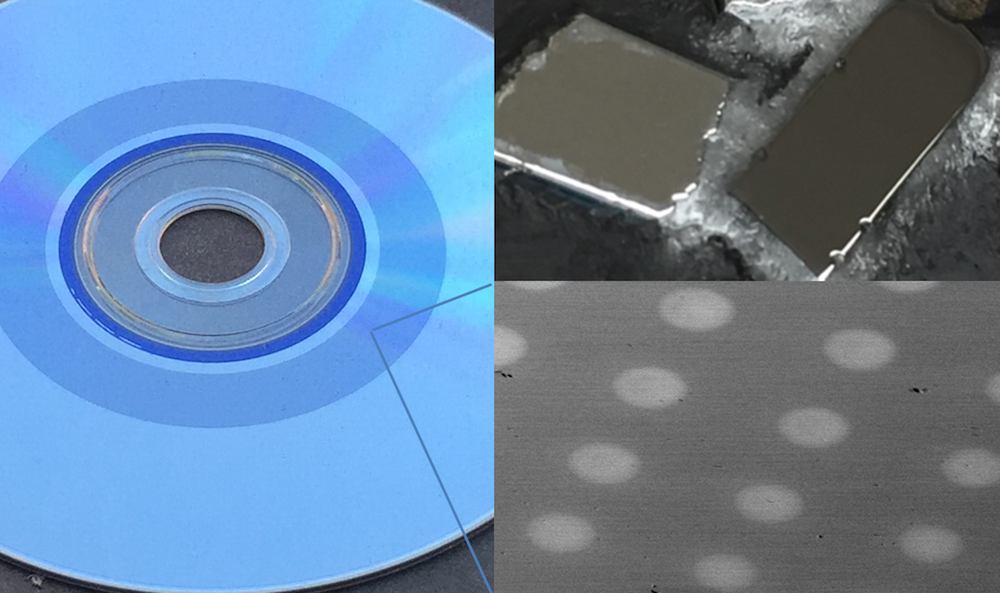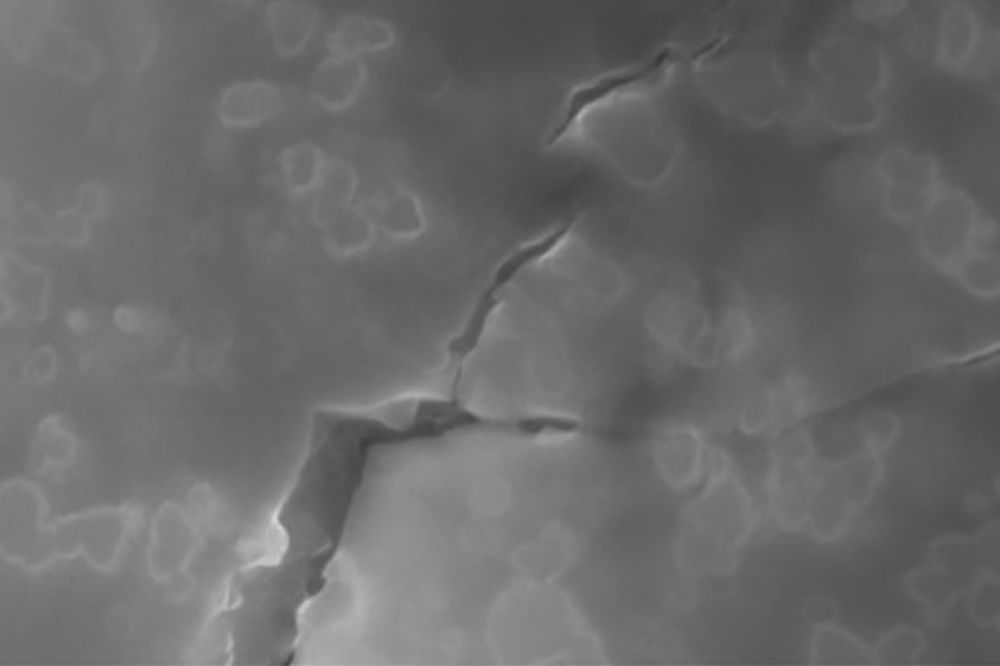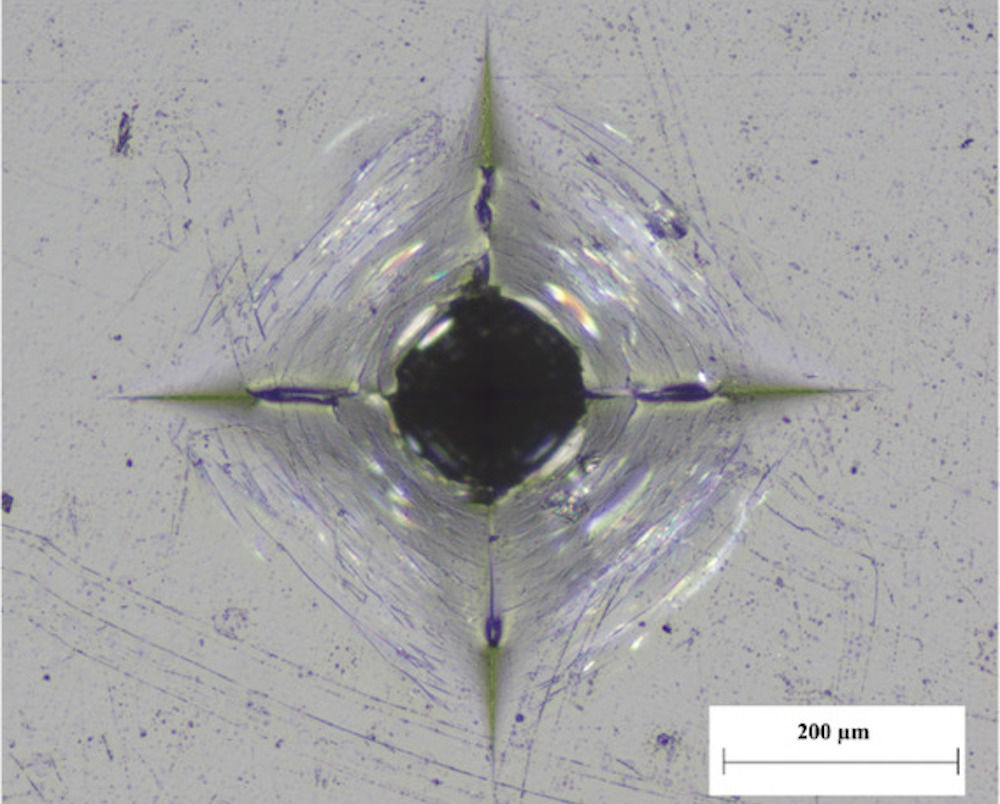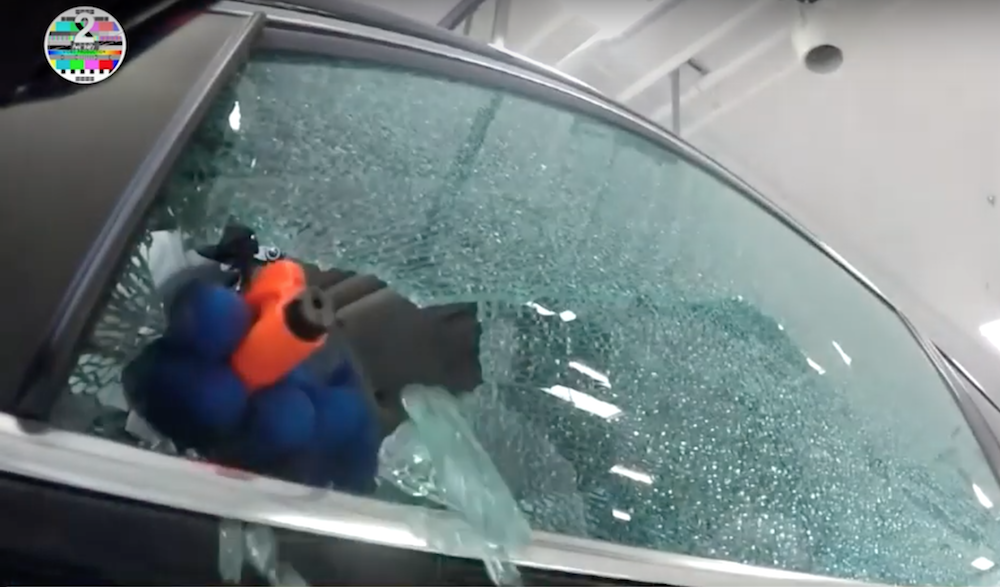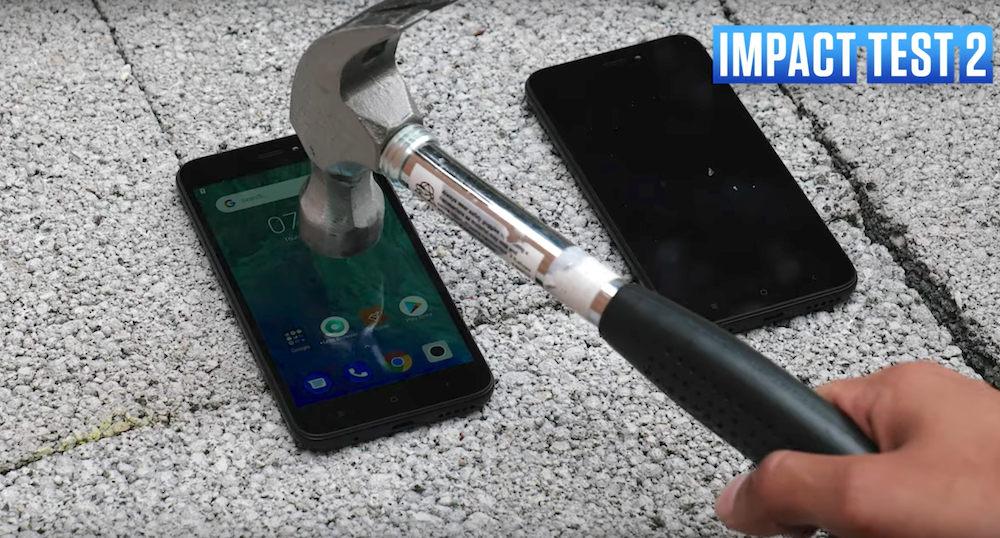Most bioglasses, especially the popular 45S5, form weak scaffolds prone to cracking because they do not sinter to full density. Researchers looked to understand the factors hindering densification.
Read MoreMachine learning can greatly facilitate design of new glasses by predicting a range of promising compositions to test. A recent paper by researchers from the University of California, Los Angeles, reviews studies investigating machine learning methods for just that purpose.
Read MoreGlass panels with large dimensions can be fabricated using the float glass process—but can the process also fabricate ultrathin glass? Scientists at the State Key Laboratory for Float Glass in China report it can—while still retaining large dimensions.
Read MorePhase change materials are an excellent way to store data—if you know how to effectively switch between the material’s glassy and crystal states. Researchers at the University of Arizona and RWTH Aachen University discovered unlike most glasses, the PCM Ge2Sb2Te5 can switch directly from glassy to crystal without entering the liquid phase.
Read MoreFrom an environmental sustainability standpoint, which is better: glass bottles or aluminum cans? Turns out, the answer is not so clear-cut.
Read MoreReducing oxide glass brittleness is an active area of research. Researchers at the University of California, Los Angeles, created a tough oxide glass with a stress-modulus relationship near the theoretical limit by dispersing nanoparticles in a glass melt.
Read MoreA main shortcoming of oxide glasses is that they are brittle. Researchers in Denmark and the United States found they could increase the crack resistance of such glasses enormously by subjecting the glass surface to humid aging.
Read MoreKnowing the type of glass in your car side windows could save you in an emergency. A new study by AAA found that out of six vehicle escape tools, only four could shatter tempered glass and none could break laminated glass, which stayed intact even after being cracked.
Read MoreWhen it comes to smartphone screen protectors, you can choose between plastic, glass—and liquid glass. See how liquid glass screen protectors compare to tempered glass and uncovered screens when put through a few DIY scratch tests.
Read More
